Bourbon variety | introduction to the flavors of Pacamara, Kaddura, Kaduai and Sachimo
Professional coffee knowledge exchange more coffee bean information please follow the coffee workshop (Wechat official account cafe_style)
Bourbon, like tin pickup, is an older breed of coffee.
Bourbon: a variety of early (prehistoric coffee) iron pickups that changed from a thin tip to a round shape after being transplanted to Yemen. It was named bourbon in 1715 after France transplanted round beans from Yemeni mocha to the island of Bourbon on the east coast of Africa (renamed Reunion after the French Revolution). Bourbon beans spread to Brazil and Central and South America in 1727, and the British transplanted Yemeni mochas to St. Helena Island (where Napoleon was later imprisoned) in 1732. Bourbon is the winner of the American boutique coffee cup test.
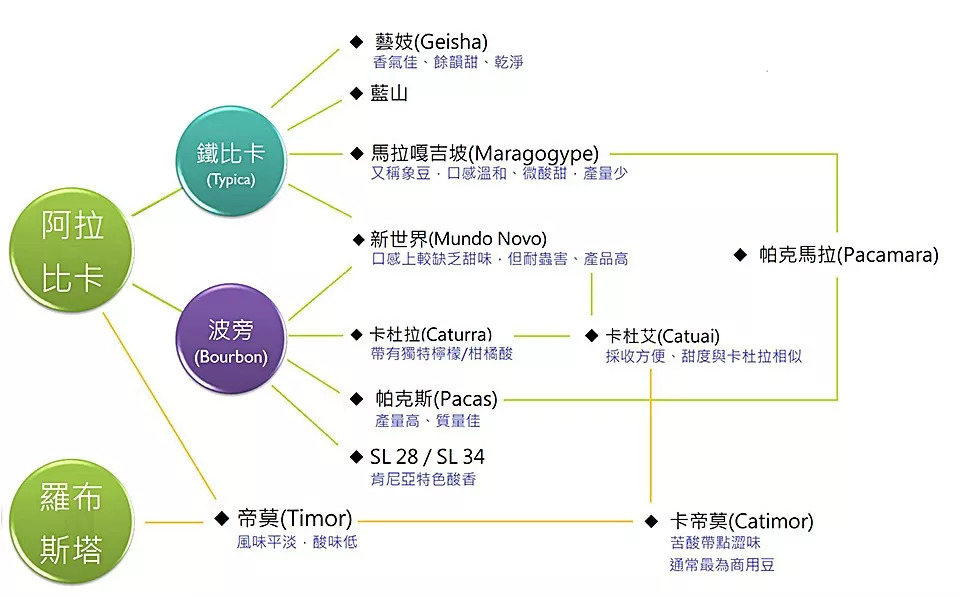
Bourbon, the second species caused by the Typica mutation, is the oldest coffee variety in existence, and the green fruit appears bright red when it is ripe. Compared with the tin card species, the bourbon species has wider leaves and denser growth. although the seed setting is higher than the tin card, the harvest time is also 2 years, which is also a variety with less yield, but it has a high-quality taste, like the sour taste of red wine, and the aftertaste is sweet.
Today we introduce the bourbon variants: Pacamara, Kaddura, Kaduai, Sachimo.

[Pacamara]
Pacamara is a hybrid of Pacas Pacas and Marago Rippi Maragogype found in El Salvador in 1950.
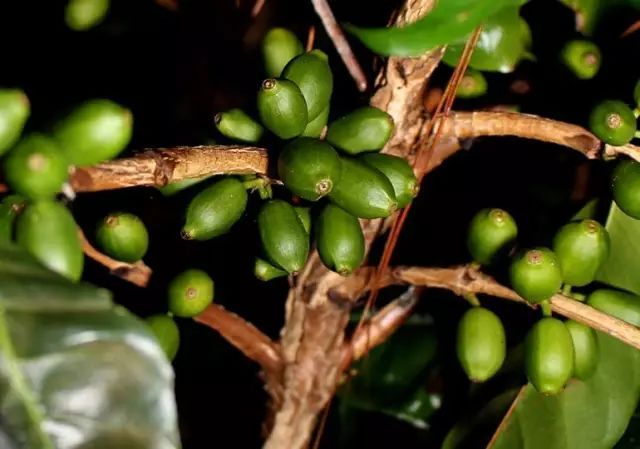
First bred by researchers in El Salvador in 1958, Pacamara is an excellent variety that is rarely artificially bred. It not only has the high productivity of Pacas, high adaptability to local climate and high resistance to climate change, but also has the characteristics of large size and high cup test quality of Maragogype. The bean body is at least 70% and 80% of that of beans.
The biggest characteristic of this variety is that it is sour, lively and tricky, sometimes biscuit and sometimes fruity, with excellent thickness and grease.
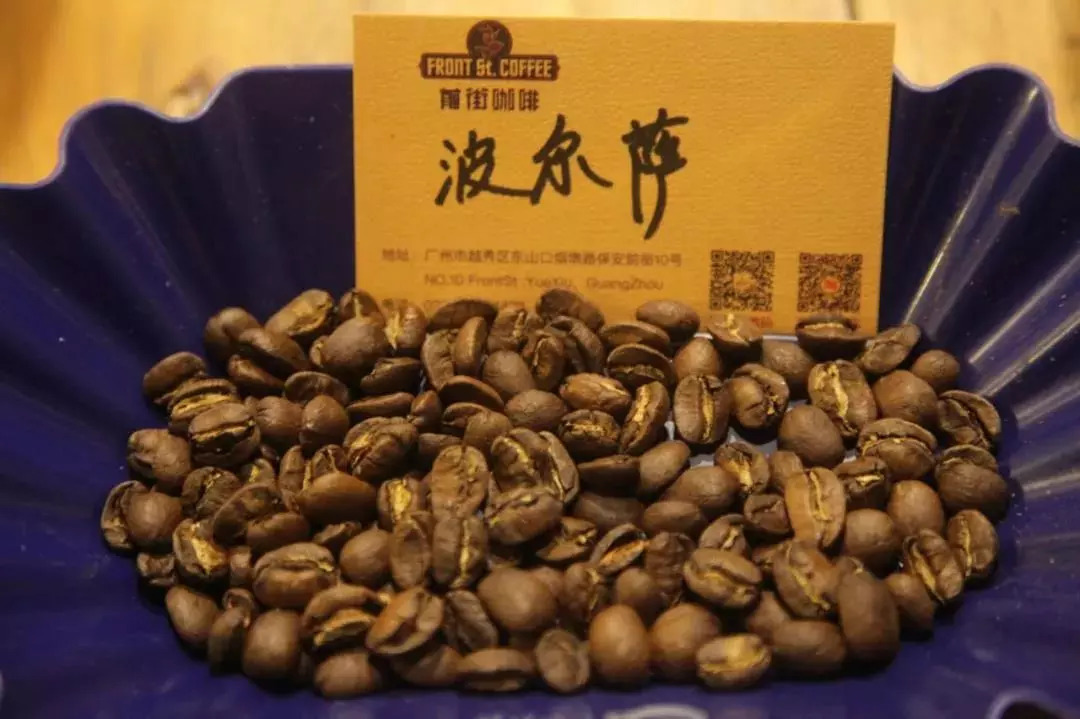
The breed of [dangerous Marapolsa] is Pakamara. Like her variety, it is also very rich and varied in flavor, which is amazing. The sweet and sour taste is obvious and soft, with sour flavors of lemon, passion fruit and plums, with aromas of brown sugar.
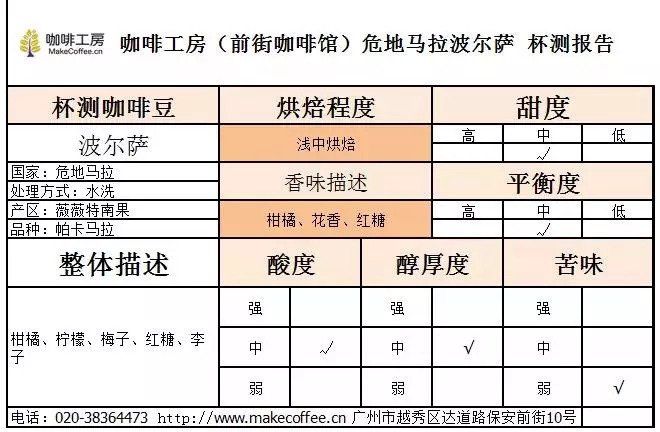
[Kaddura]
Kaddura, a single gene variant of Bourbon bourbon, was found in Brazil in 1937. It has better production capacity and disease resistance than bourbon, and the tree is shorter and easy to harvest. Unfortunately, like bourbon, it has the periodic problem of production capacity fluctuation every two years.
But its flavor is comparable to or slightly worse than bourbon beans, more importantly, super adaptability, no shade trees, direct exposure to the sun can also be full of vitality, commonly known as exposed coffee (Sun Coffee), can adapt to high-density planting, but must apply more fertilizer to increase costs, so the acceptance of coffee farmers is not high in the initial stage.
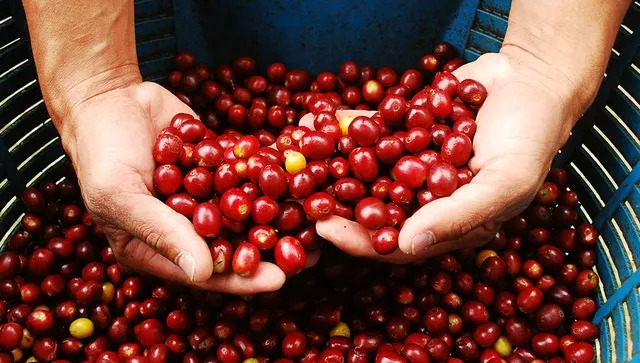
Soybean prices soared in the 1970s, and farmers switched to Kaddura to increase production, which was greatly promoted by the Brazilian and Colombian authorities. The acceptance of Kaddura by farmers means a great change in planting technology.
Brazil and Colombia switched to high-yield, high-density sun-exposed planting. in 1990, 14 million bags of coffee beans could be harvested on 1 million hectares, increasing production capacity by 60%. No wonder Kaddura, with high production capacity and high quality, has become a variety relied on by various producing countries.
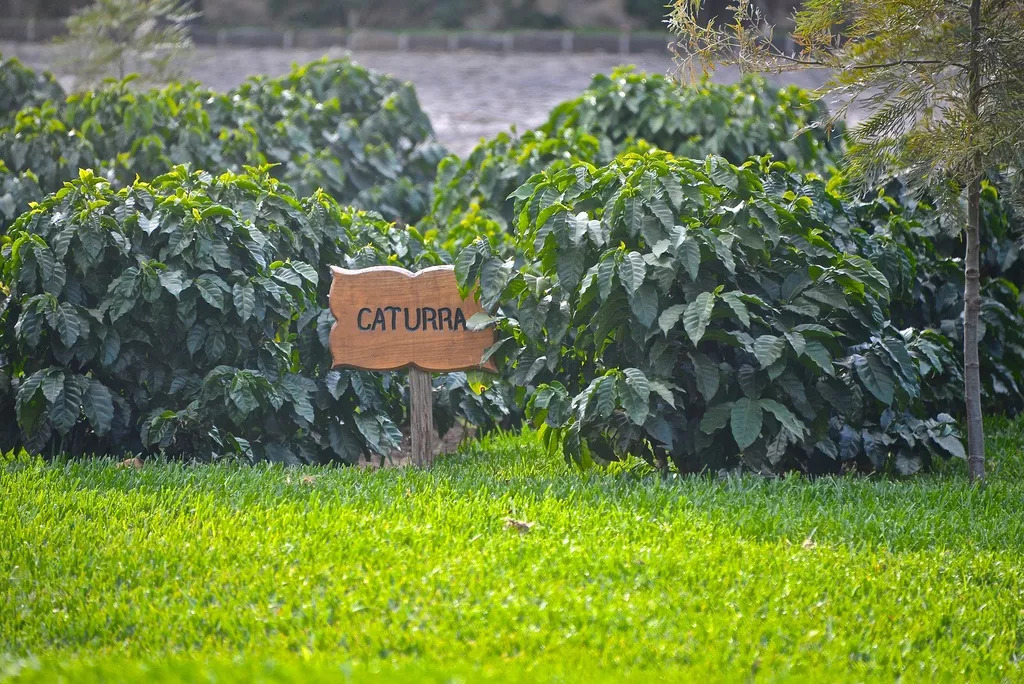
Kaddura is suitable for planting in the high altitude area from 700m to 1700 m, with strong adaptability to altitude, but the higher the altitude, the better the flavor, and the production capacity is relatively reduced, which is the fate of fine beans. In academic circles, some people call Kaddura the bourbon of dense and exposed version, which can be said to hit the nail on the head. There is also a variety of yellow Kaddura (Caturra Amarello) in Central and South America, but the wind rating is not as good as Huang bourbon.
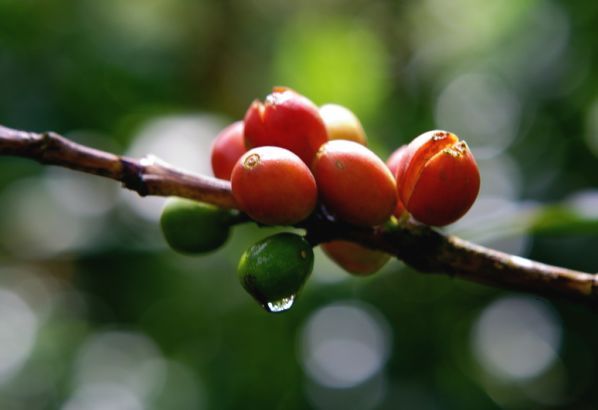
When Kaddura is slightly roasted, the sour aroma is obvious and the whole is bright. If handled properly, the sweetness can be very good, but the mellowness of coffee is relatively low compared with bourbon, and the cleanliness of the taste is a little less. Kaddura usually has red berries, but there are very few areas with yellow Kaddura, such as Hawaii, where there are very few yellow Kaddura.
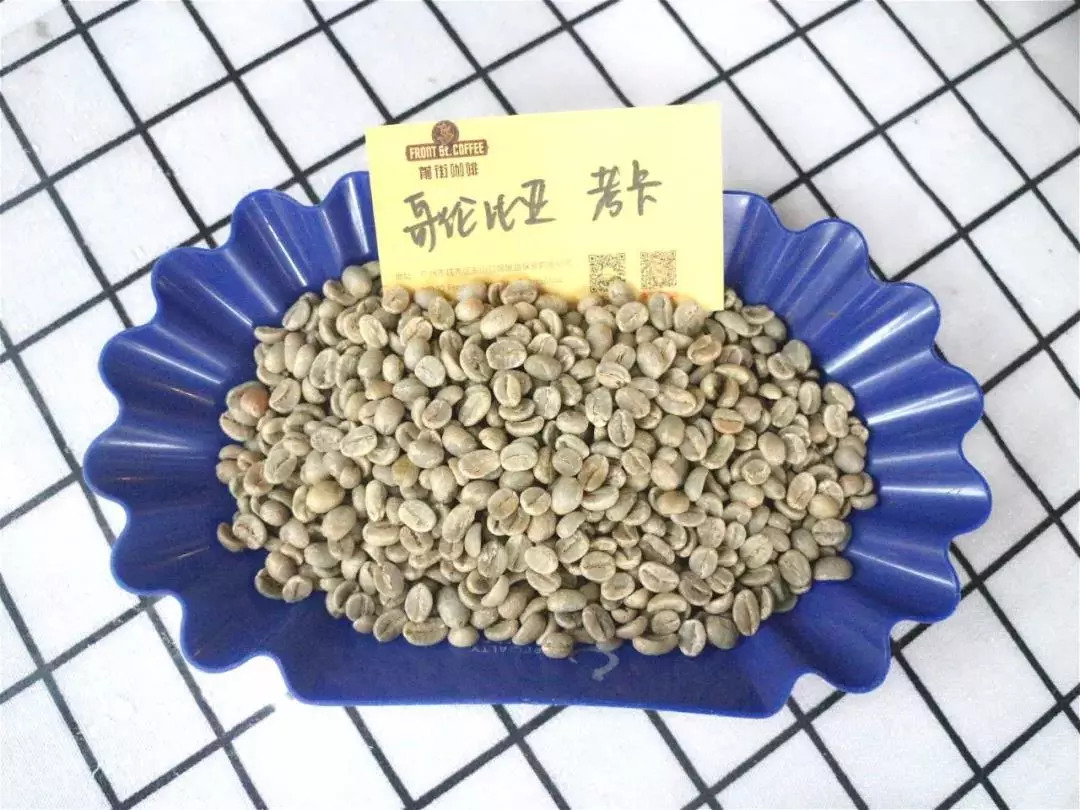
The breed of [Columbia cauca] is Kaddura. In terms of flavor, it has obvious lime acid, sour grape juice, rich floral aroma, high acidity, pleasant sweetness, medium mellowness, nut finish, overall purity, mild and smooth texture, balanced taste and lively and changeable layers.
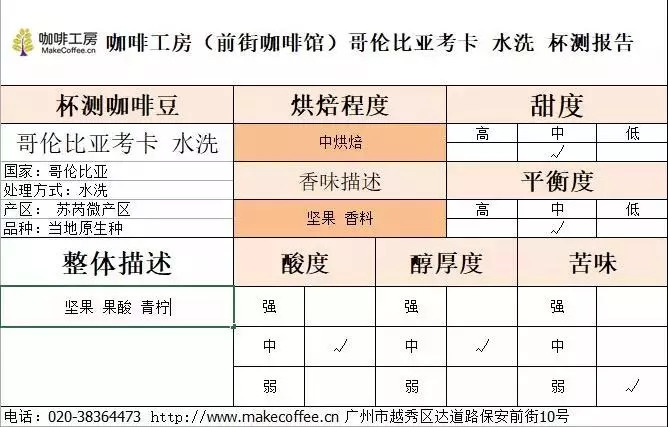
[Kaduai]
Kaduai is an Arabica hybrid. It is a hybrid of Mundo Novo Mondonovo (New World) and Caturra Kaddura. It has a good ability to resist natural disasters, especially wind and rain. It inherits the advantages of Kaddura's low stature and changes Mondonwood's shortcomings. Another advantage is that the result is solid, and it is not easy to fall off when the strong wind blows, which makes up for the weakness of Arabica fruit, but the overall flavor is more monotonous than Kaddura, monotonous and less mellow, which is the greatest pity. In addition, the fruit growth and harvest life is only about ten years, and the short life span is also one of the weaknesses.
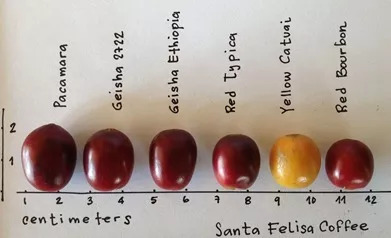
After its official release in the 1970s, it was extended to Central American countries, widely cultivated in Guatemala, Honduras, Panama, and Brazil of origin. Simply considering the flavor, under the appropriate local conditions and treatment, Kaduai can have a quite wonderful flavor.
Kaduai was introduced into Honduras in 1979 and officially launched in 1989. It is popular with farmers and accounts for more than half of all production in Honduras today. Because Kaduai's plants are short and can be planted densely, the flavor at an altitude of more than 1300 meters is also very good, the only disadvantage is that it is very vulnerable to diseases and insect pests. IHCAFE in Honduras is trying to develop a hybrid of Kaduai and Katim to improve disease resistance.
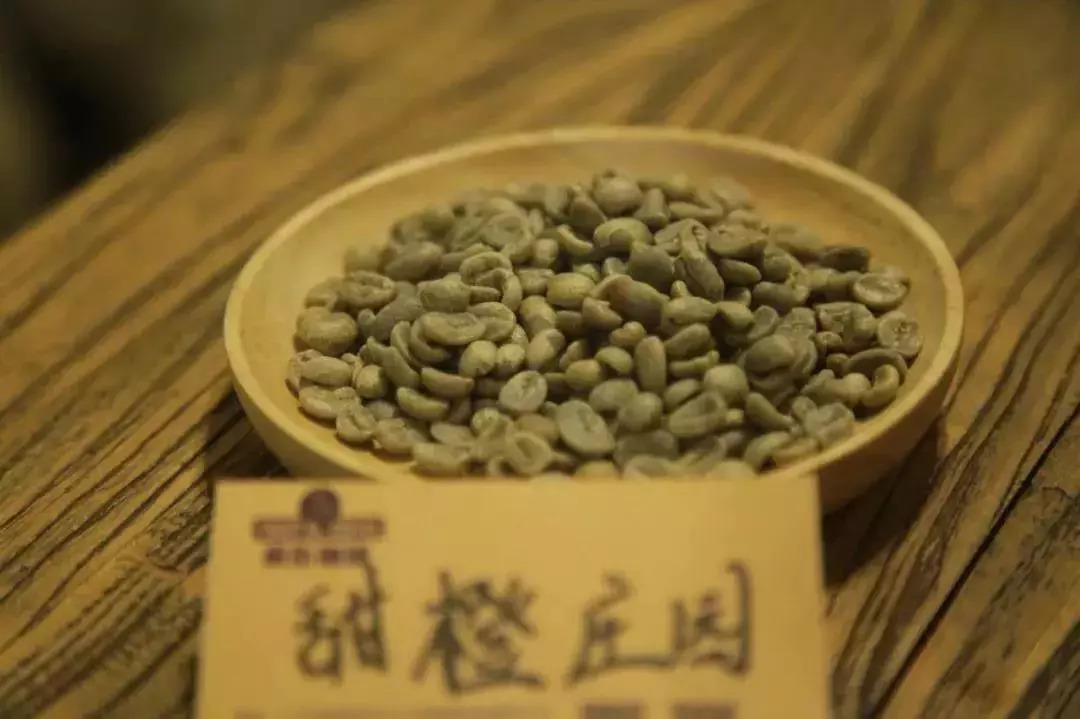
The variety of [Honduras Sweet Orange Manor] is Kaduela with dry aromas of spices and roasted peanuts, giving beans elegant sour, soft citrus acidity, orange, cantaloupe, cream, nuts, dark chocolate, and a sweet finish.
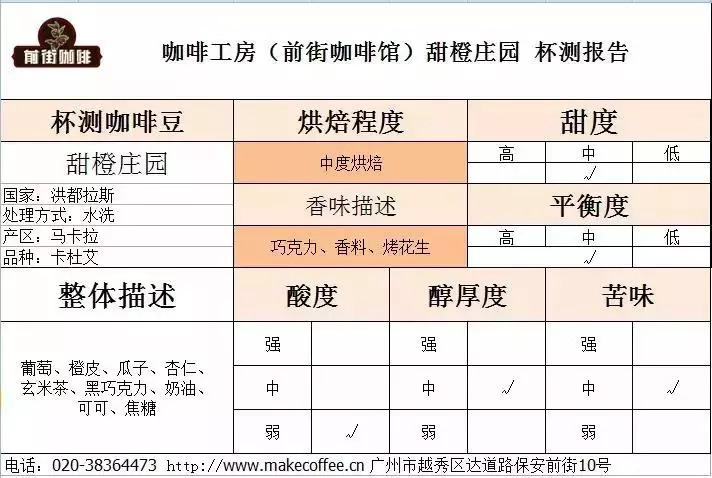
[Saqimo Sarchimor]
Saqimo was first discovered by the Portuguese breeding Research Institute, and after research and breeding, it was distributed to coffee-growing countries in Brazil, Central and South America.
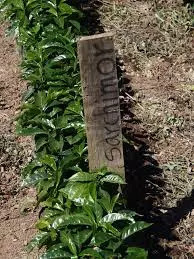
Saqimo and Catimor are the two most important mothers of disease-resistant bean seeds in the world. Their disease resistance comes from Timo, while the flavor comes from another bean seed. For example, in Sacramento, the flavor comes from Vera Saatchi, while Katim's flavor comes from Kaddura. Although Saqimo's cultivation is not as extensive as that of Katim, it has considerable production in Costa Rica and Brazil, while the disease-resistant beans derived from Sachimo are not numerous, such as Cuscatleco, IAPAR 59, Limani, Marsellesa, Parainema and so on.
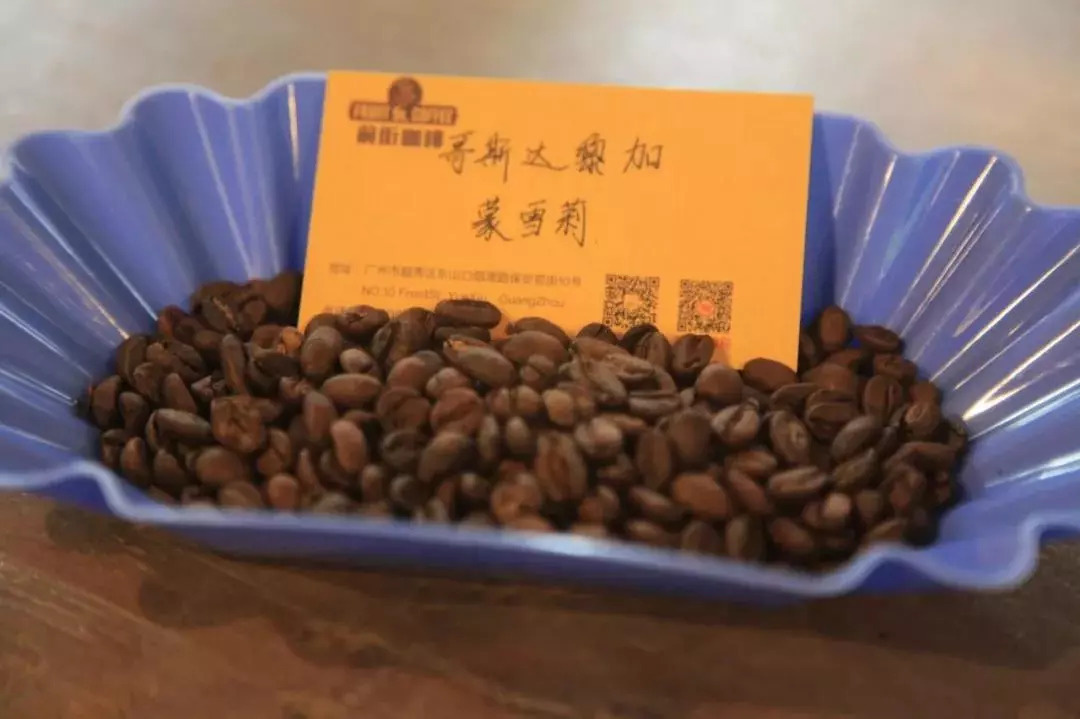
This bean is sour and sweet and soft, with citric acid and apple flavor in the front, grapefruit peel in the middle, caramel sweetness and melon seeds in the back.
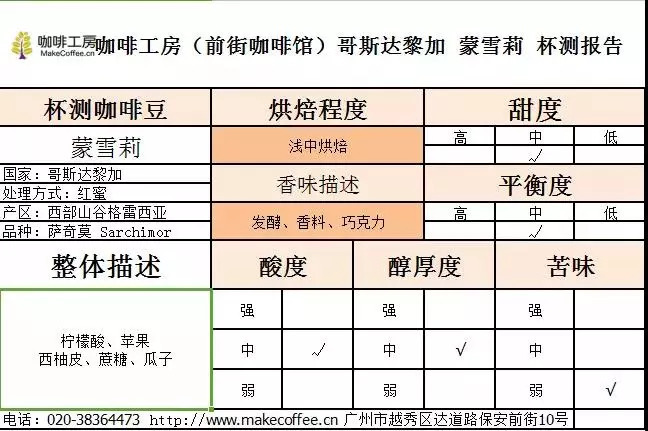
[conclusion]
This time, I just selected a few varieties to introduce them, whether the variety of coffee or the variety of bourbon, there are far more than these. The world of coffee is still very rich. The variety of coffee has determined more than half of the coffee flavor, while the growing environment of coffee determines the quality of coffee varieties. So even if it is the same variety, the flavor is not exactly the same.
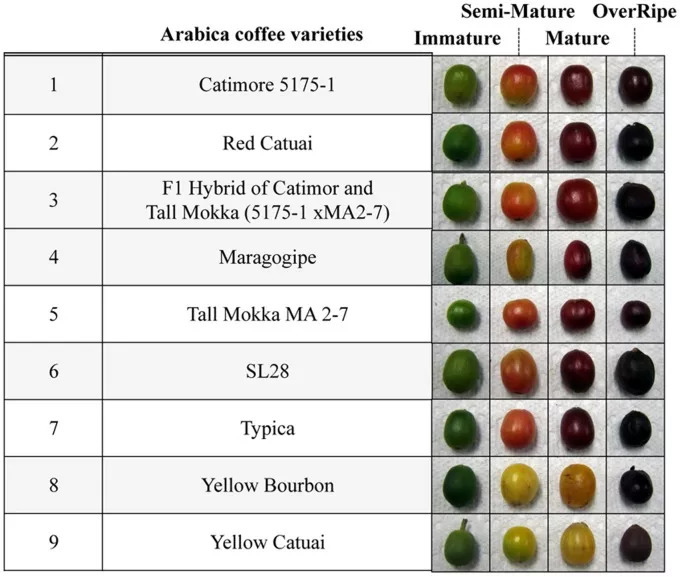
Important Notice :
前街咖啡 FrontStreet Coffee has moved to new addredd:
FrontStreet Coffee Address: 315,Donghua East Road,GuangZhou
Tel:020 38364473
- Prev
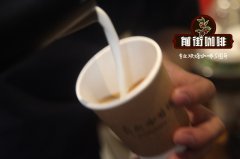
How to make Vietnamese egg coffee Vietnamese egg coffee taste Vietnamese egg coffee good to drink?
Professional coffee knowledge exchange More coffee bean information Please pay attention to coffee workshop (Weixin Official Accounts cafe_style) In Vietnam, cafes can be found everywhere, from simple vendors to high-end drinking buildings. In addition, Vietnamese cafes must have seats, from simple chairs to high-end sofas. Vietnamese are used to sitting down in cafes and drinking slowly.
- Next
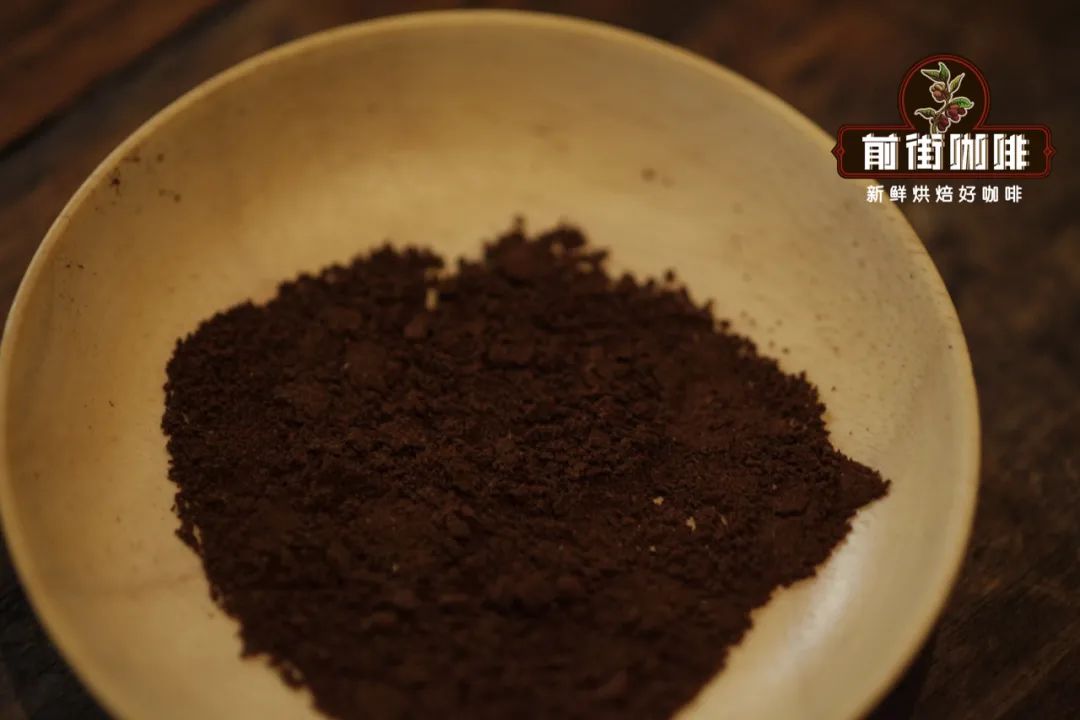
Coffee grindability coarse powder medium powder fine powder very fine powder difference between the size of hand-made coffee particles
Professional coffee knowledge exchange more information about coffee beans Please pay attention to the thickness of coffee powder in coffee workshop (Wechat official account cafe_style), which is related to the amount and speed of coffee ingredient release when brewing coffee. Generally speaking, the thickness of coffee powder can be divided into five grades: coarse powder, medium powder, medium powder, fine powder and very fine powder.
Related
- Beginners will see the "Coffee pull flower" guide!
- What is the difference between ice blog purified milk and ordinary milk coffee?
- Why is the Philippines the largest producer of crops in Liberia?
- For coffee extraction, should the fine powder be retained?
- How does extracted espresso fill pressed powder? How much strength does it take to press the powder?
- How to make jasmine cold extract coffee? Is the jasmine + latte good?
- Will this little toy really make the coffee taste better? How does Lily Drip affect coffee extraction?
- Will the action of slapping the filter cup also affect coffee extraction?
- What's the difference between powder-to-water ratio and powder-to-liquid ratio?
- What is the Ethiopian local species? What does it have to do with Heirloom native species?

